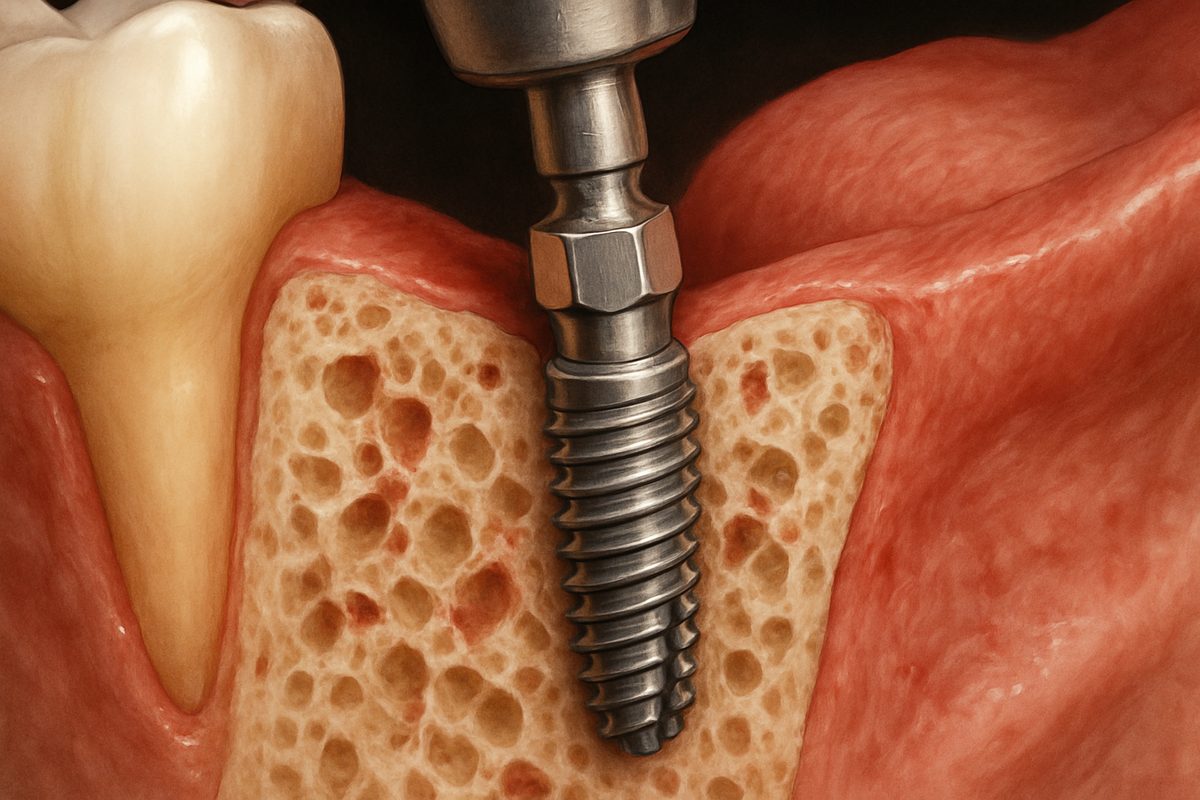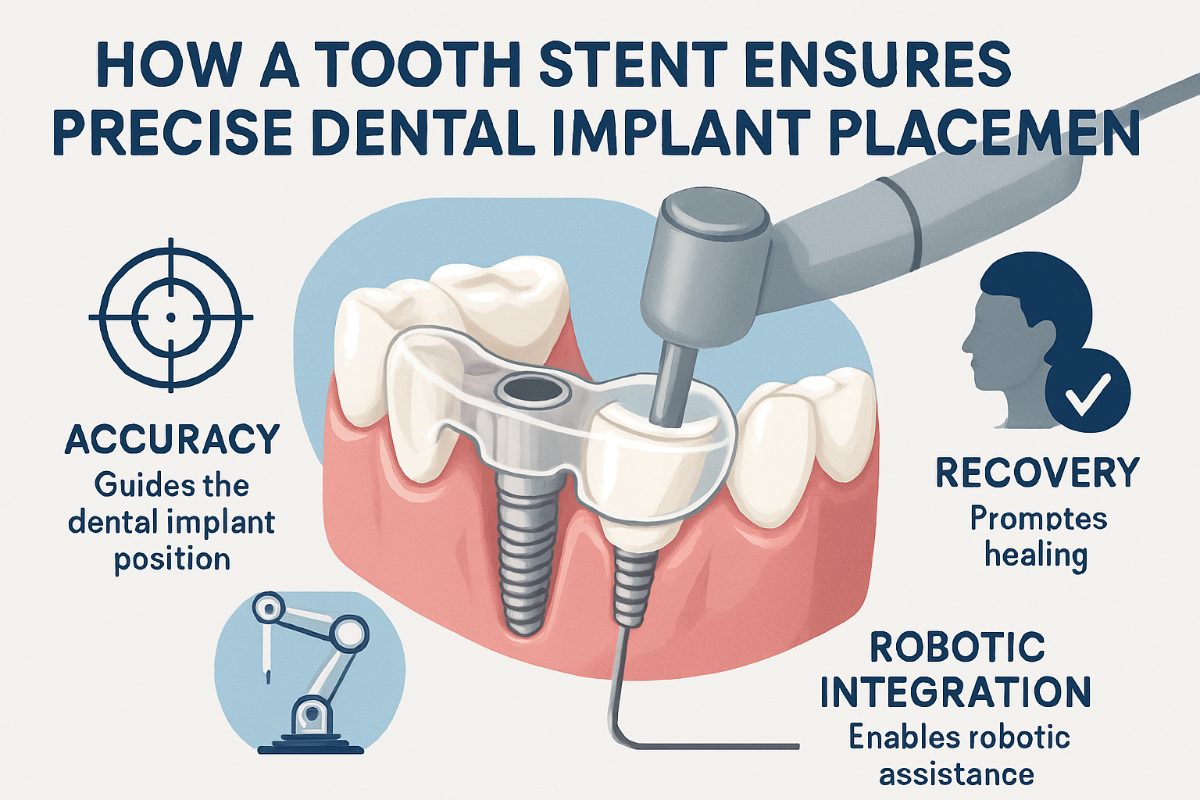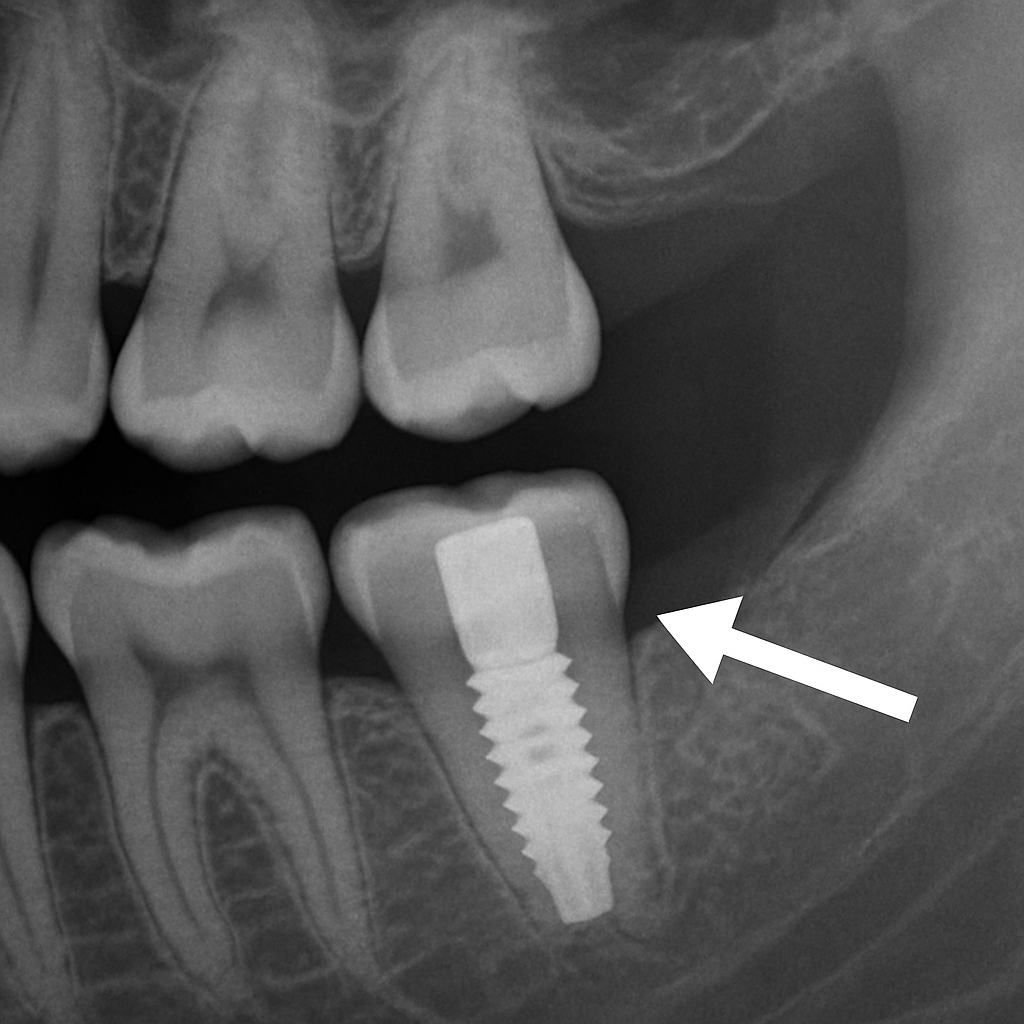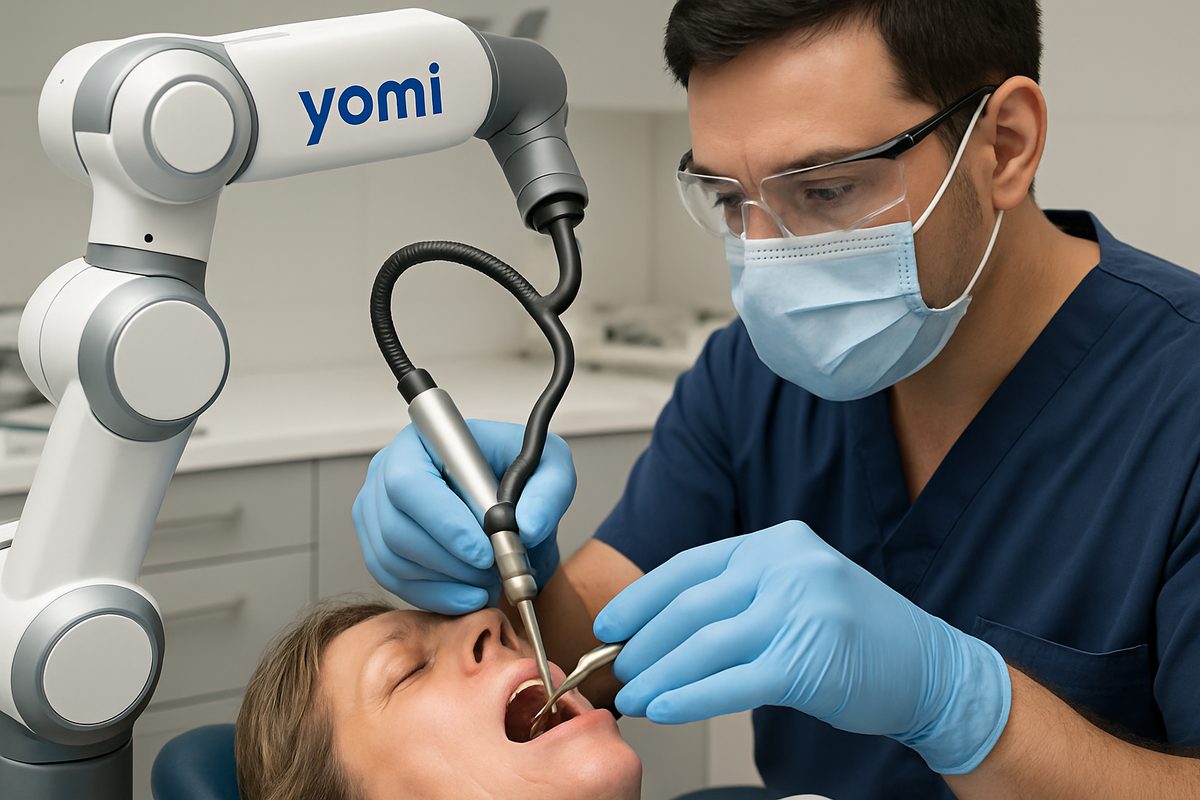Dental Blog - HANNIBAL, MO
Tips, Facts, And The
Latest In Dentistry

The Dental Implant Healing Process & What To Expect

The healing process for dental implants begins the moment the implant is placed and can take several months. Expect immediate soreness, swelling, and minor bleeding, with soft tissue healing in the first 1–2 weeks and bone integration over 3–6 months. Advanced robotic-guided placement with the YOMI robot can improve placement accuracy and may reduce tissue trauma, which can help make the early healing stages smoother.
The Day of Implant Placement: What Happens
Immediate steps during surgery
You’ll get local numbing and sometimes sedation. The dentist makes a small incision, places the titanium implant into the jawbone, and may close the gum with sutures. When YOMI robotic guidance is used, the robot helps guide the drill and implant position to the planned angle and depth, improving precision and reducing guesswork.
First 24–72 hours
Expect mild to moderate pain, swelling, and possibly light bleeding. Use ice packs, take prescribed or over-the-counter pain meds, eat soft foods, and avoid rinsing vigorously. Keep your head elevated and rest. Most swelling peaks at 48 hours and then gradually improves.
Stage 1 — Soft Tissue Healing (First 1–2 Weeks)
Gums heal around the implant during this period. Stitches, if placed, are often removed or dissolve after 7–14 days. Avoid hard, crunchy, or sticky foods and follow gentle oral hygiene. Minor bleeding, bruising, or tenderness is normal. Report heavy bleeding or severe pain.
Stage 2 — Osseointegration (3–6 Months)
What osseointegration means
Osseointegration is when the jawbone grows tightly around the implant surface, locking it in place. This biological fusion is essential for the implant’s long-term strength and function.
How patients will feel
Sensitivity tends to fade and the implant feels increasingly stable over weeks to months. You may still avoid chewing directly on the site until your provider confirms integration with exams or x-rays.
Stage 3 — Final Restoration and Adjustment
Once bone healing is sufficient, the dentist places an abutment and takes impressions for the final crown, bridge, or denture. The lab fabricates the restoration, and then it’s fitted and adjusted for bite and comfort.
Common Symptoms During the Healing Process
Normal signs: swelling, mild pain, bruising, and temporary numbness. Warning signs: increasing pain after the first few days, fever, heavy or worsening bleeding, pus, a loose implant, or spreading redness — these need prompt attention.
Caring for Your Implant While It Heals
Home care basics
Brush gently, rinse with saltwater or a prescribed mouthwash, avoid hard foods, and follow medication directions. Keep follow-up appointments so your provider can monitor healing.
Lifestyle factors that affect healing
Smoking, excess alcohol, and uncontrolled diabetes slow healing and raise complication risks. Quit smoking if possible, control blood sugar, and limit alcohol during recovery.
When to Contact Your Dentist — Red Flags
Call your dentist right away for severe or worsening pain, signs of infection, a loose implant, or nerve symptoms like persistent numbness or tingling. Early treatment improves outcomes.
How Robotic Placement (YOMI) Can Affect the Healing Process for Dental Implants
Robotic guidance like YOMI provides precise implant positioning based on your 3D plan. That precision can reduce unnecessary bone or tissue trauma and lower the chance of placement errors, which may lead to smoother soft-tissue healing and fewer complications.
Follow-Up Schedule: What to Expect at Appointments
You’ll typically have a 24–72 hour check, a suture check at 1–2 weeks, periodic x-rays during osseointegration, and final restoration visits once healing is complete.
Practical Tips to Support Faster Healing
Eat nutrient-dense soft foods, get plenty of rest, keep good oral hygiene, avoid smoking, and take medications as directed.
Looking for Precise Implant Placement?
If you’re considering implants and want robotic-guided placement with YOMI, ask your dentist about how it may affect the healing process for dental implants and schedule a consult to discuss options and timelines.





